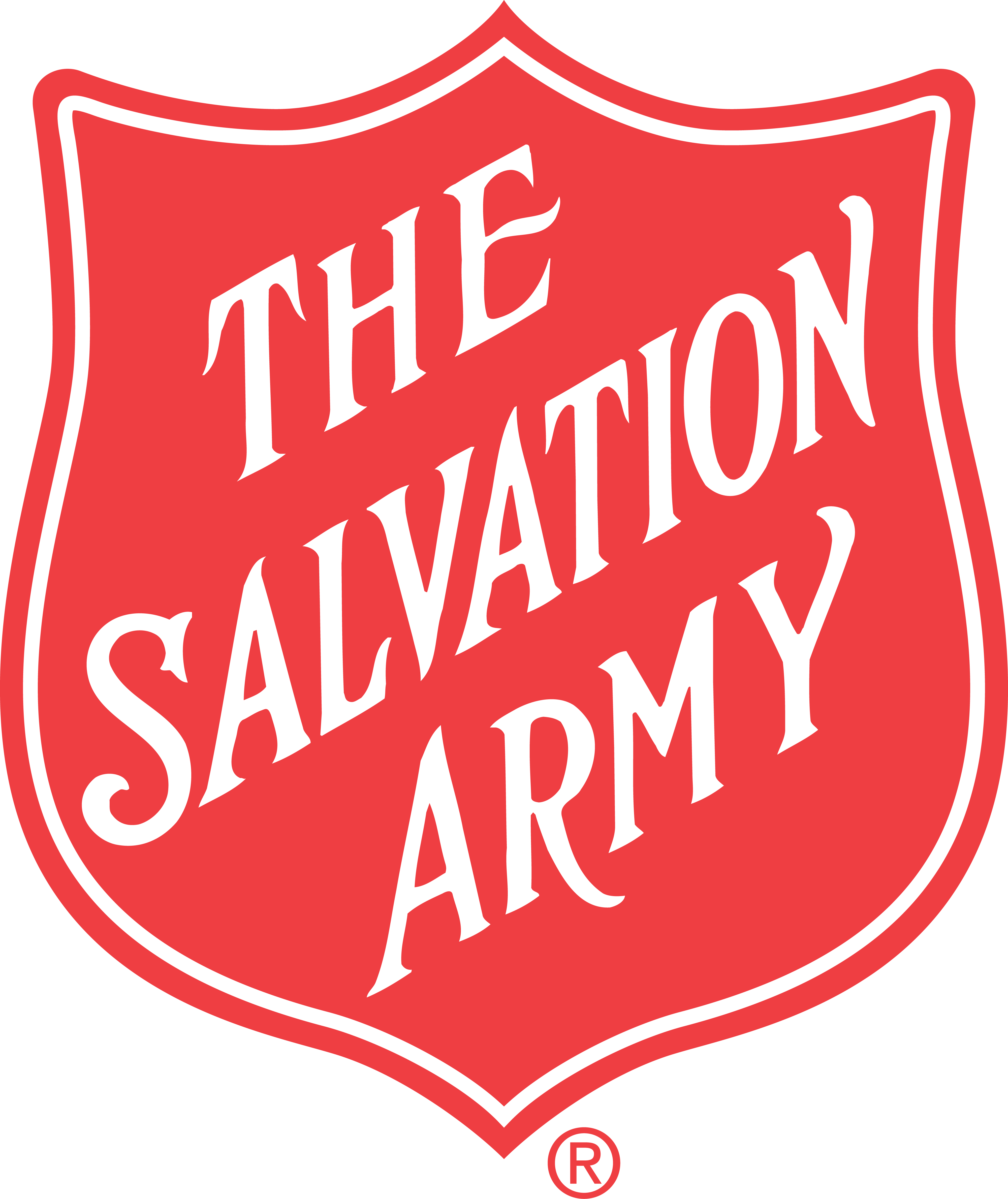CPR Can Save a Life
by Hugo Bravo
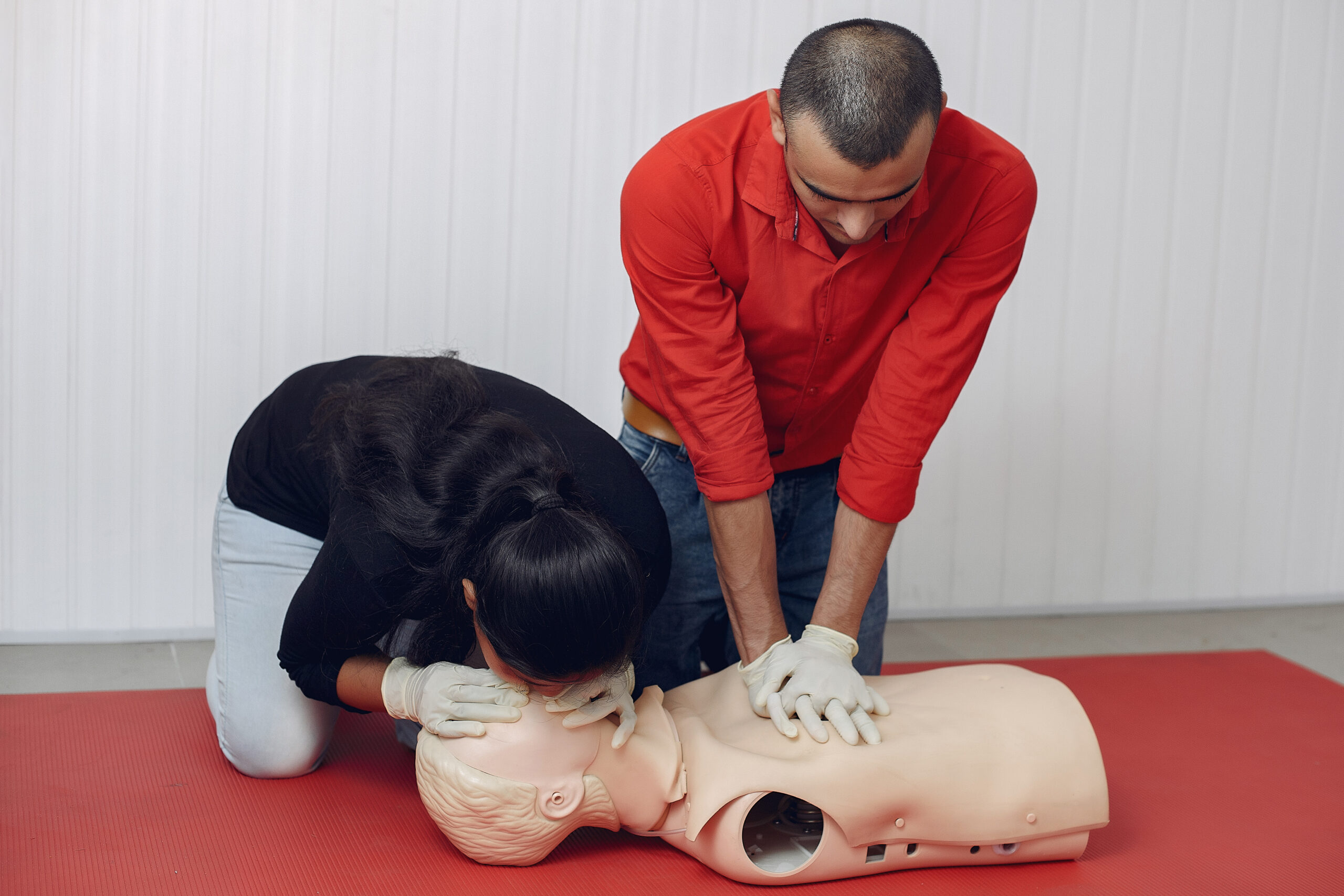
During cardiac arrest, every second counts.
If someone’s heartbeat suddenly stops, it means they have gone into cardiac arrest. Their heart is unable to pump oxygen-rich blood to their body’s vital organs. Without oxygen, an organ like the brain can suffer irreversible damage, even in a matter of minutes. To prevent this from happening, cardiopulmonary resuscitation (CPR), a hands-on procedure anyone can learn, helps the blood travel through the body until expert medical personnel can restore the heart’s ability to pump blood.
There are two versions of this lifesaving procedure. The first one requires in-depth live training with an accredited instructor and combines chest compressions with mouth-to-mouth breathing. The second version is “hands-only” CPR and can be used by anyone with no training required. CPR can significantly improve a victim’s chance for survival, especially if administered immediately. In fact, hands-only CPR has been shown to be as effective as traditional CPR if given within the first few minutes.
Why is knowing CPR useful? Check the facts:
Cardiac arrest is the cause of death for 436,000 Americans every year.
Globally, it claims more lives than colorectal cancer, breast cancer, prostate cancer, pneumonia, the flu, and HIV combined.
Out-of-hospital cardiac arrests (OHCA) most often occur in homes or places of residence (73.4%), followed by public settings (16.3%) and nursing homes (10.3%). Only about 40% of people who experience an OHCA get immediate help before professional help arrives.
There are about 10,000 cardiac arrests in the workplace each year in the U.S.
The American Heart Association teaches 22 million people CPR each year.
Four steps to perform hands-only CPR
1. Check the surroundings.
Make sure that you and the person needing CPR are in a safe environment, especially if you are outside and exposed to factors that may have caused the initial emergency.
2. Call 911. If the person is not responding to verbal cues or is not breathing, call 911 immediately. Look for an automated external defibrillator (AED) or send someone to do so.
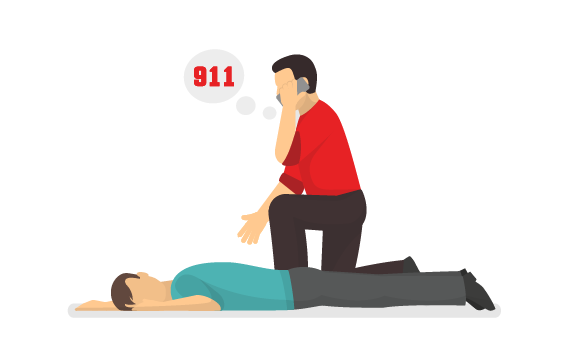
3. Get in position.
Place the person on their back on a flat, hard surface.
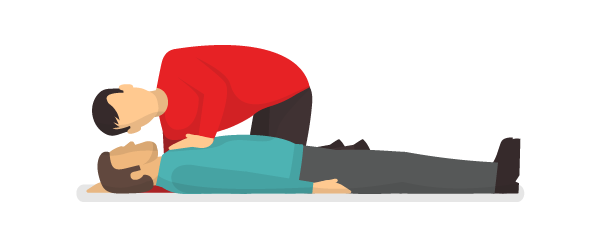
4. Apply chest compressions.
Place the heel of your hand in the center of the person’s chest, and the other hand on top. Push down hard (5–6 centimeters, about 2 inches) and fast at 100–120 beats* per minute.
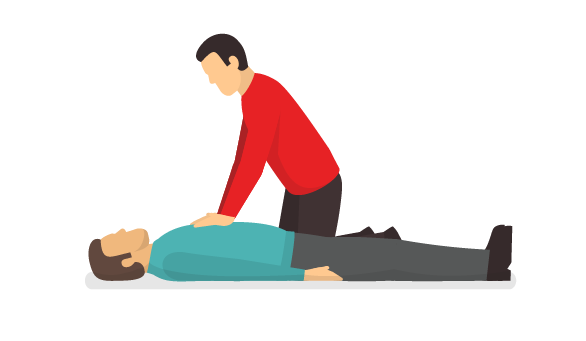
*Instead of counting, it can help to do chest compressions to the beat of a song you can remember. These songs all have the required tempo: “Stayin’ Alive” by the Bee Gees (104 BPM), “Everybody” by Backstreet Boys (108 BPM), “Another One Bites the Dust” by Queen (110 BPM), “The Final Countdown” by Europe (118 BPM), “Just Dance” by Lady Gaga (119 BPM).
For more information on hands-only CPR, or if you want to learn CPR with mouth-to-mouth breathing, visit cpr.heart.org to find a class near you. You can also check with your local hospital, community center, or gym to see if they offer CPR lessons.

